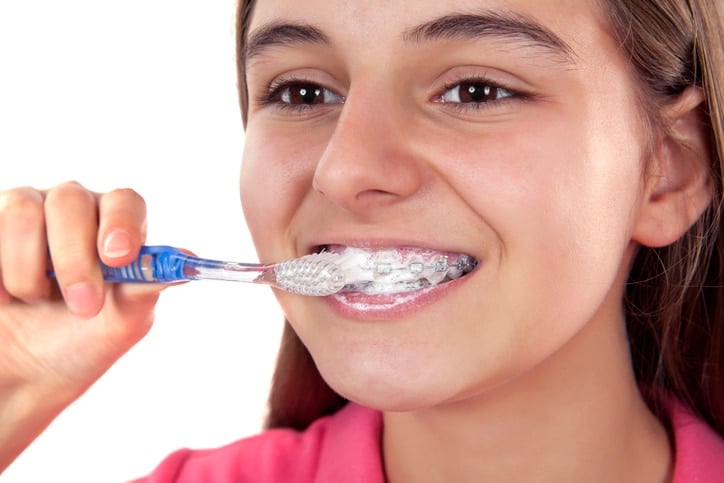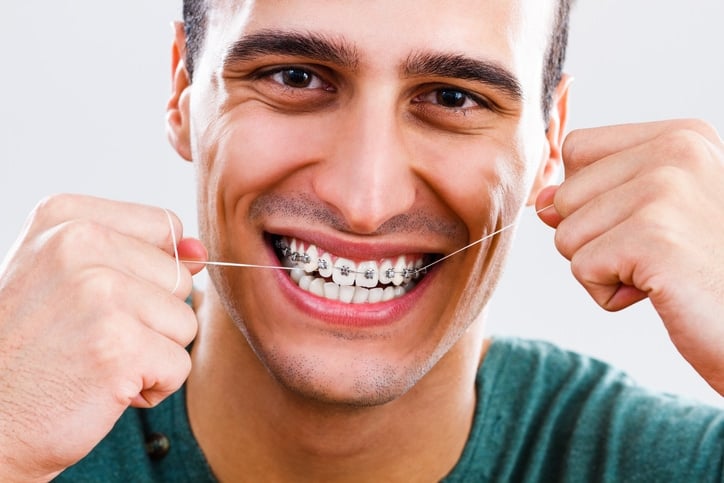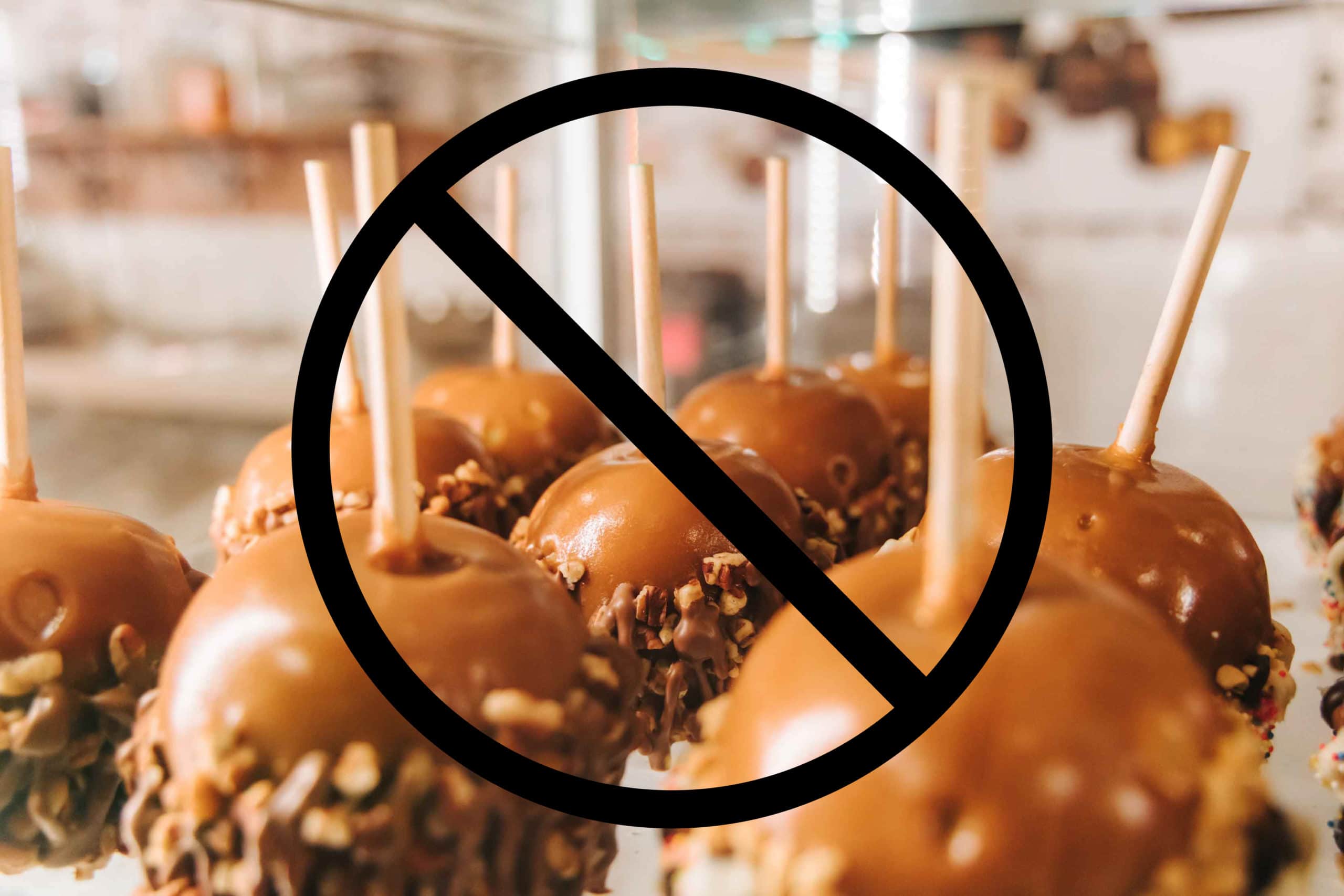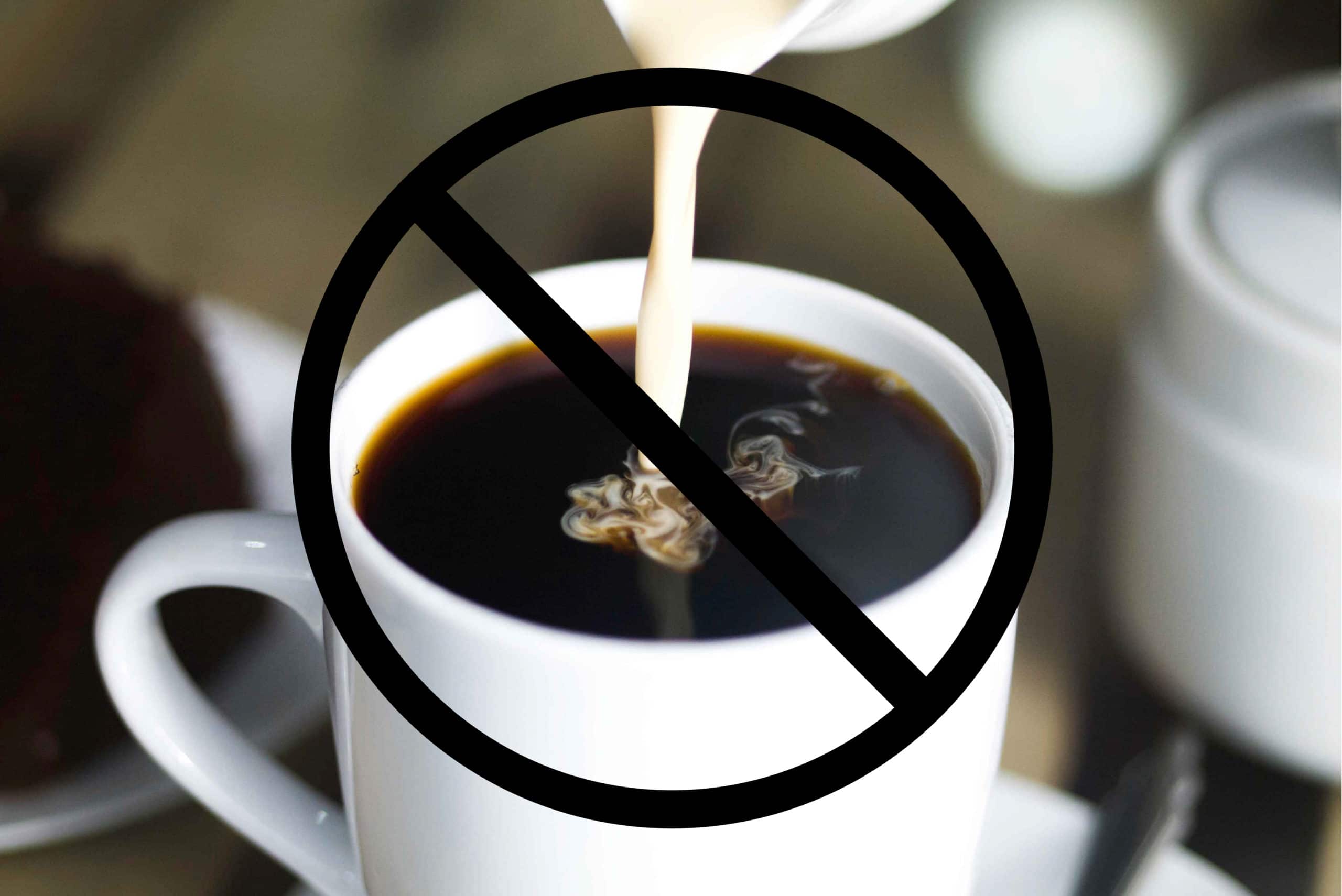How To Care for Your Damon Braces
When you visit our office, we will change your wires and reposition brackets. But in-between visits, caring for your Damon Braces is entirely up to you!
Taking care of your teeth does become more difficult when you get braces. With wires and brackets, there are countless spaces for food and plaque to get trapped. It is essential that you brush after each meal, floss once a day, and rinse with mouthwash.
While this may seem like a lot of work, keeping your braces clean is extremely important for maintaining your braces. Being conscious of your hygiene now may prevent more permanent issues down the road, such as decalcification.
Because they are permanently affixed to your teeth, caring for braces is different from caring for Invisalign. Properly cleaning braces will ensure your oral hygiene is in good shape and can help make your treatment work better in the long run.
How To Clean Your Damon Braces

Brushing:
- Rinse with mouthwash to loosen up food particles that are stuck in and around your braces.
- Use an interdental or proxy brush to clean between each set of brackets. These brushes help clean out any food particles that are stuck on your brackets or wires.
- Use a soft-bristled toothbrush and brush at a 45° angle for both the top and bottom areas of the upper and lower jaws.
- Then hold the brush at a 45° angle at the gum line and brush with a circular motion on every surface of every tooth.
- Brush your teeth three times per day or after every meal.
- After you brush, rinse thoroughly, and examine your teeth to make sure all food particles and plaque are gone.

Flossing:
The good news with flossing is that you only have to do this once a day. You can always floss more if needed, though. Flossing helps with debris that brushing is not able to remove. Follow these steps for flossing with braces:
- Make sure you are using waxed floss, as unwaxed floss is more prone to getting caught in brackets and shredding.
- To floss, you must thread the floss between each bracket underneath the wire. Once the floss is under the wire, floss between each tooth as you normally would.
- Threading the floss can be tricky, so it may be helpful to purchase one or more of the following tools:
- Floss Threader: These threaders are more rigid and firm than floss, which helps you guide the regular floss in between the brackets.
- Super Flossers: Super flossers have three unique components. A stiffened-end dental floss threader, spongy floss, and regular floss. These components work together for maximum benefits.
- Floss Pick: A small plastic tool with a curved end that holds a piece of dental floss. A Floss Pick makes flossing much faster as you don’t have to thread the floss between each tooth.
- WaterPik or AirFlosser: We recommend the use of a WaterPik device before flossing with floss. This does not take the place of floss and helps with the gum tissues’ stimulation, and removes food between the teeth.
Once you have brushed and flossed, rinse your mouth with a mouthwash that is concentrated on killing germs and bacteria. We also recommend using mouthwash after eating or drinking beverages with dark pigments like coffee, cola, or wine.
A Few More Tips to Keep in Mind While Wearing Braces
The responsibility of braces includes more than regular cleaning. You will need to make some slight alterations in your lifestyle. These habits are easy to develop and go a long way towards getting a head-turning smile.

Sports:
Anyone playing sports should protect their braces and teeth by wearing a mouthguard. Mouthguards are very important to protect your teeth, brackets, and wires during athletic activities.

Food Precautions:
Since brackets and wires can pop off of teeth, all patients with braces should avoid certain foods. Sticky or chewy foods such as caramel, bubblegum, taffy, popcorn, peanuts, hard candy can damage your braces. Eating these foods may cause brackets to pop off your teeth. It can delay or extend your treatment time and cause you to make unnecessary trips to our office.

Clear Braces:
Clear brackets demand a higher level of attention. Since the clear brackets are prone to staining, you need to exhibit care with coffee, soda, red wine, or foods with artificial colors. If you have clear braces and consume any dark-colored food or drink, you will want to ensure that you are brushing your teeth right after and utilizing mouthwash. This will prevent staining of your clear brackets and the glue around the brackets.
Protecting Your Smile and Your Investment
At Bovenizer and Baker, we know that braces are a large investment of both money and time. And we want to ensure you are getting the most out of your treatment. By adding some simple steps to your daily mouth hygiene routine, you can help ensure you get the best possible results from your treatment.
As always, if you have any questions, please contact our office for more information at 919.303.4557. For more frequently asked questions on taking care of your braces, visit our FAQ Page.

